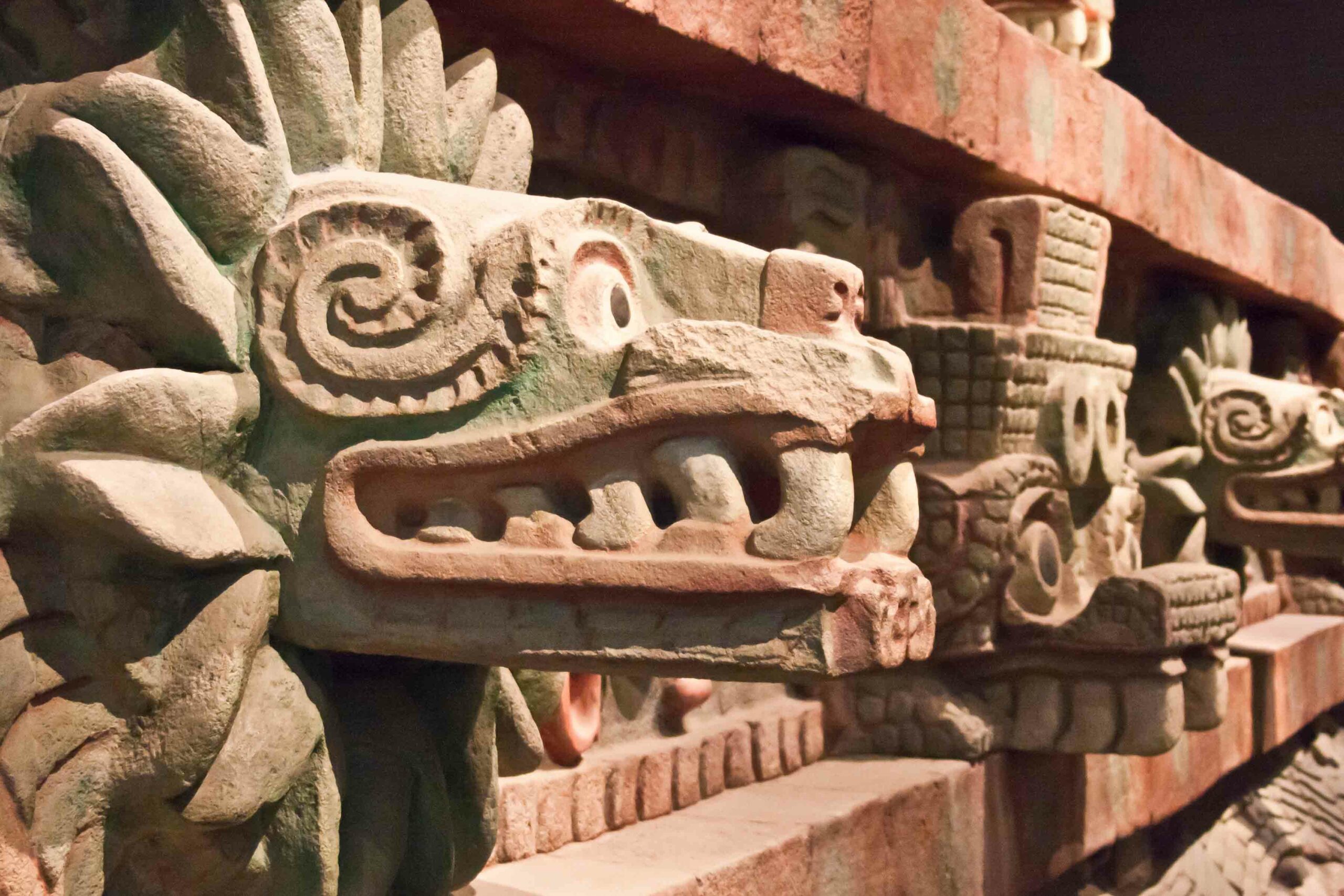Latest News
-
 National Trust for Scotland
National Trust for Scotland -
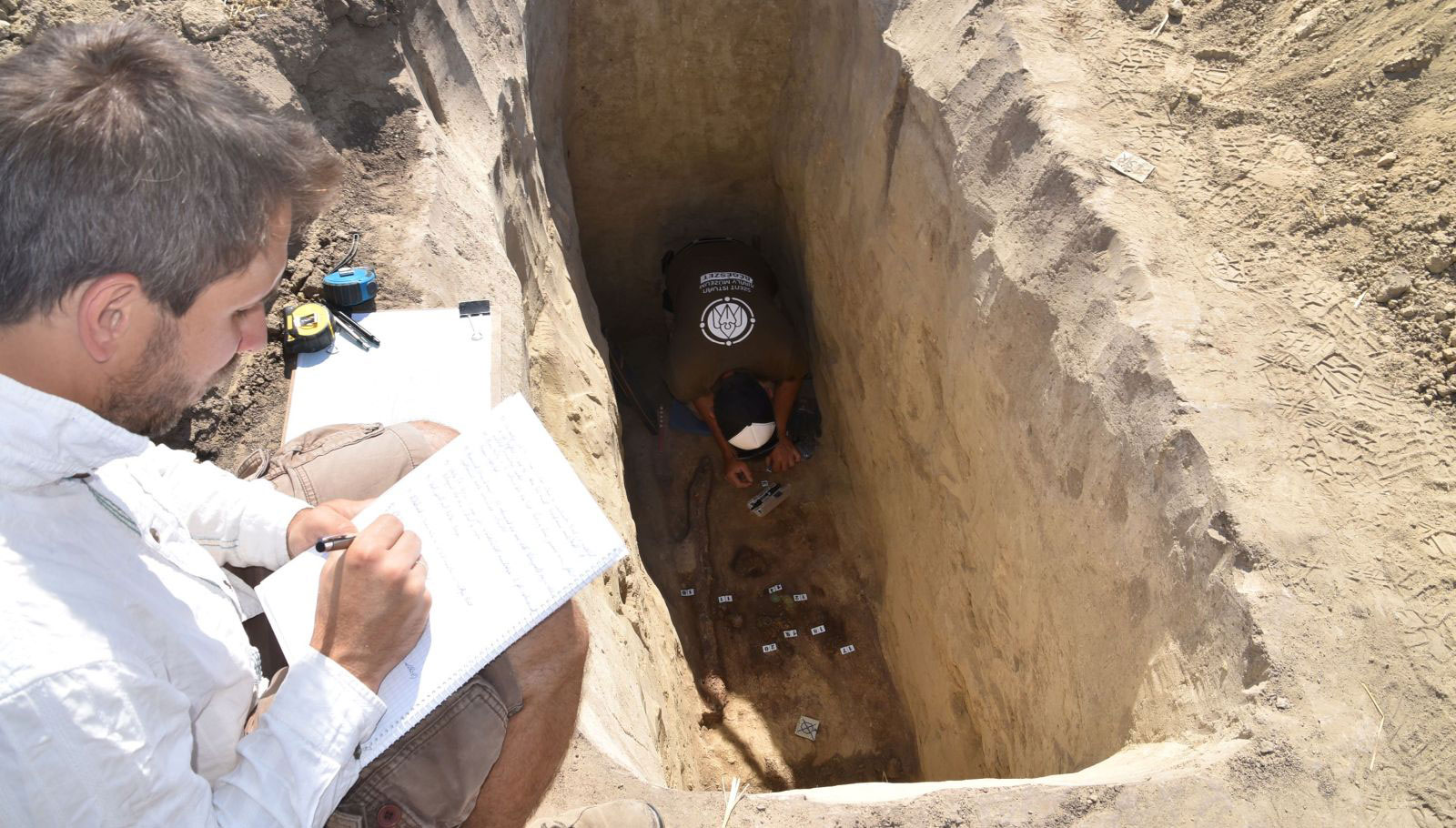 King Saint Stephen Museum
King Saint Stephen Museum -
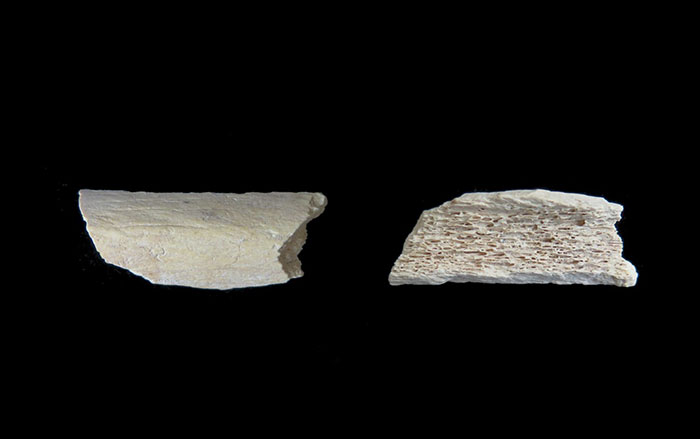 © Emily. M. Pigott
© Emily. M. Pigott -
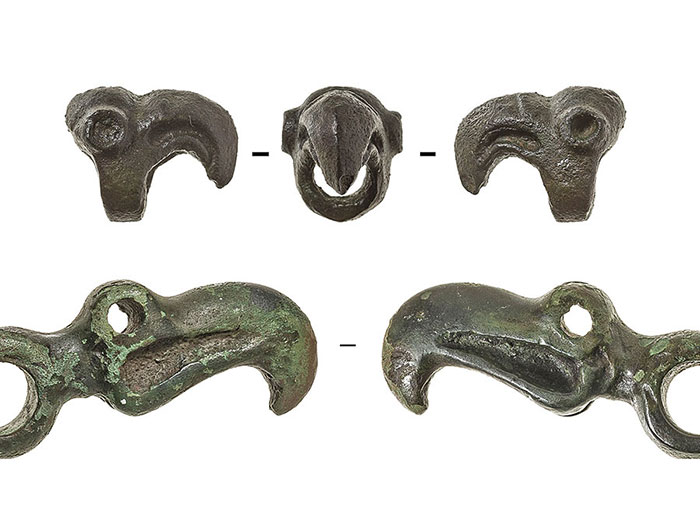 Sadykov et al. 2025, © Antiquity Publications Ltd.
Sadykov et al. 2025, © Antiquity Publications Ltd.
-
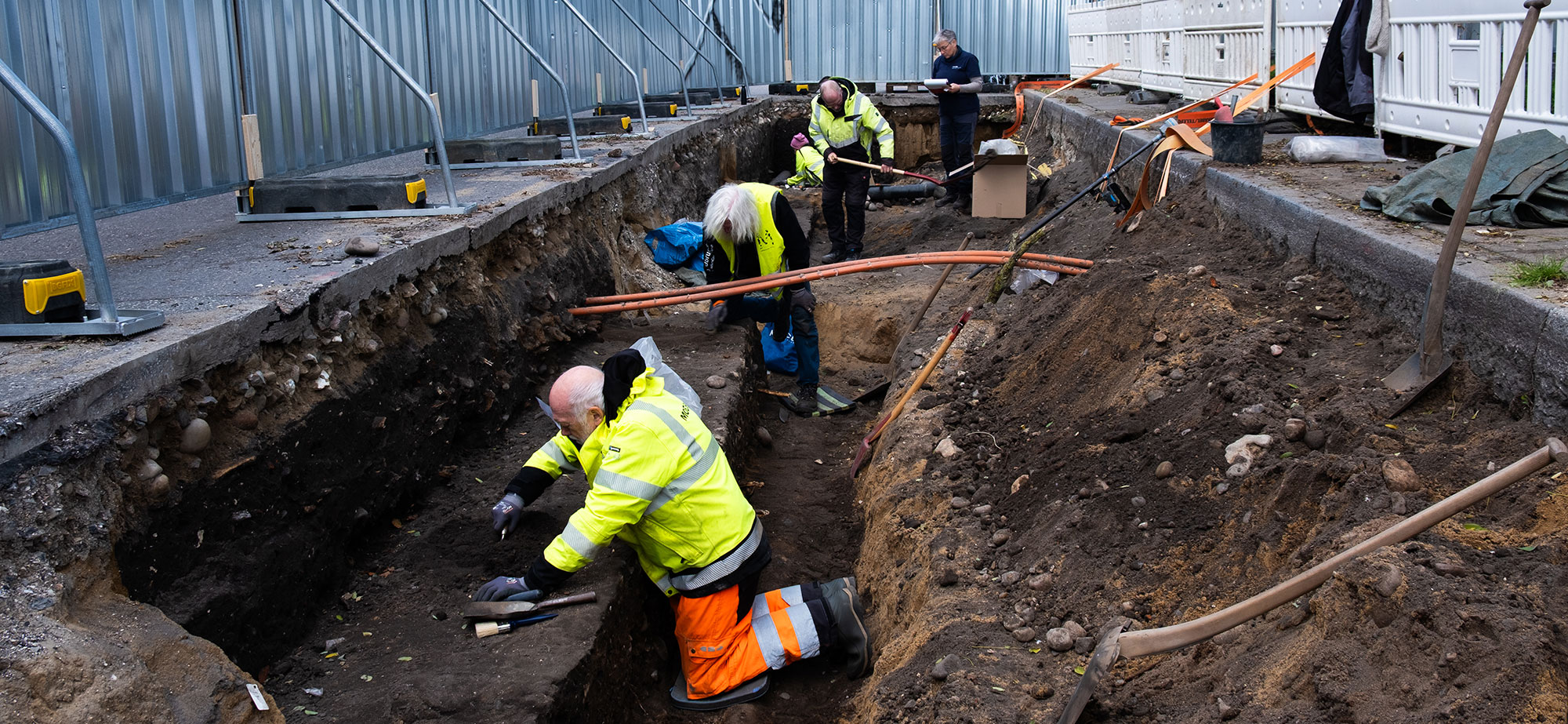 Moesgaard Museum
Moesgaard Museum -
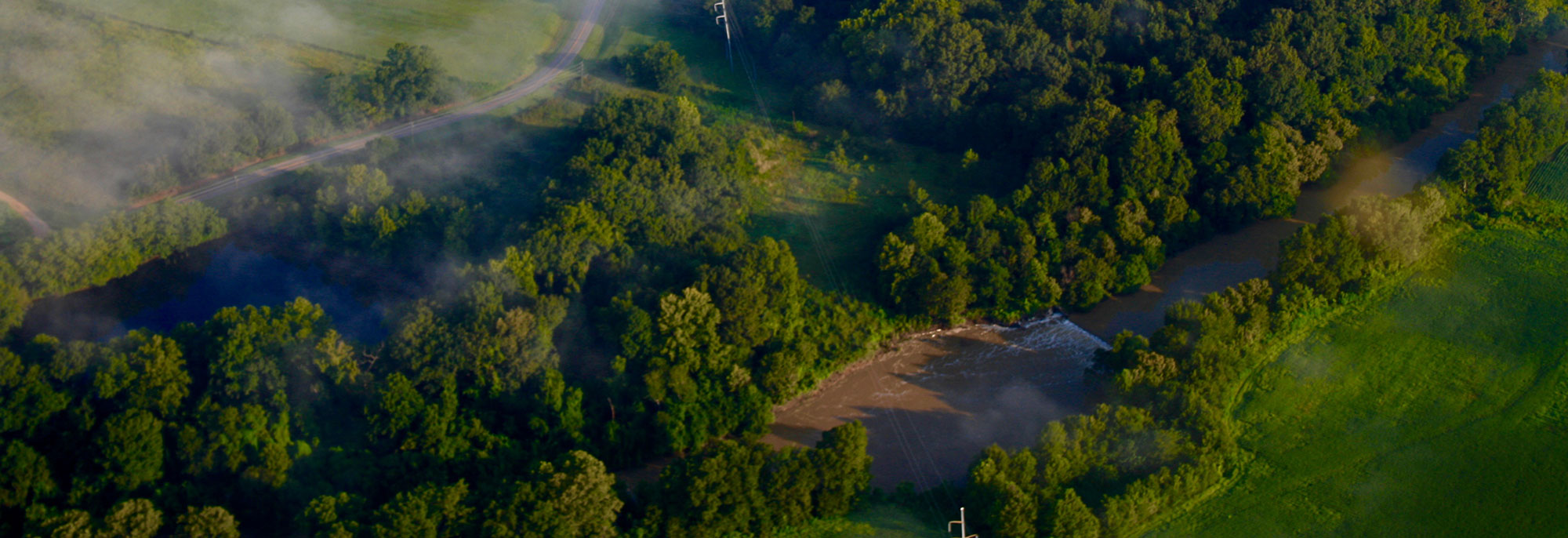 Wikimedia Commons
Wikimedia Commons
-

-
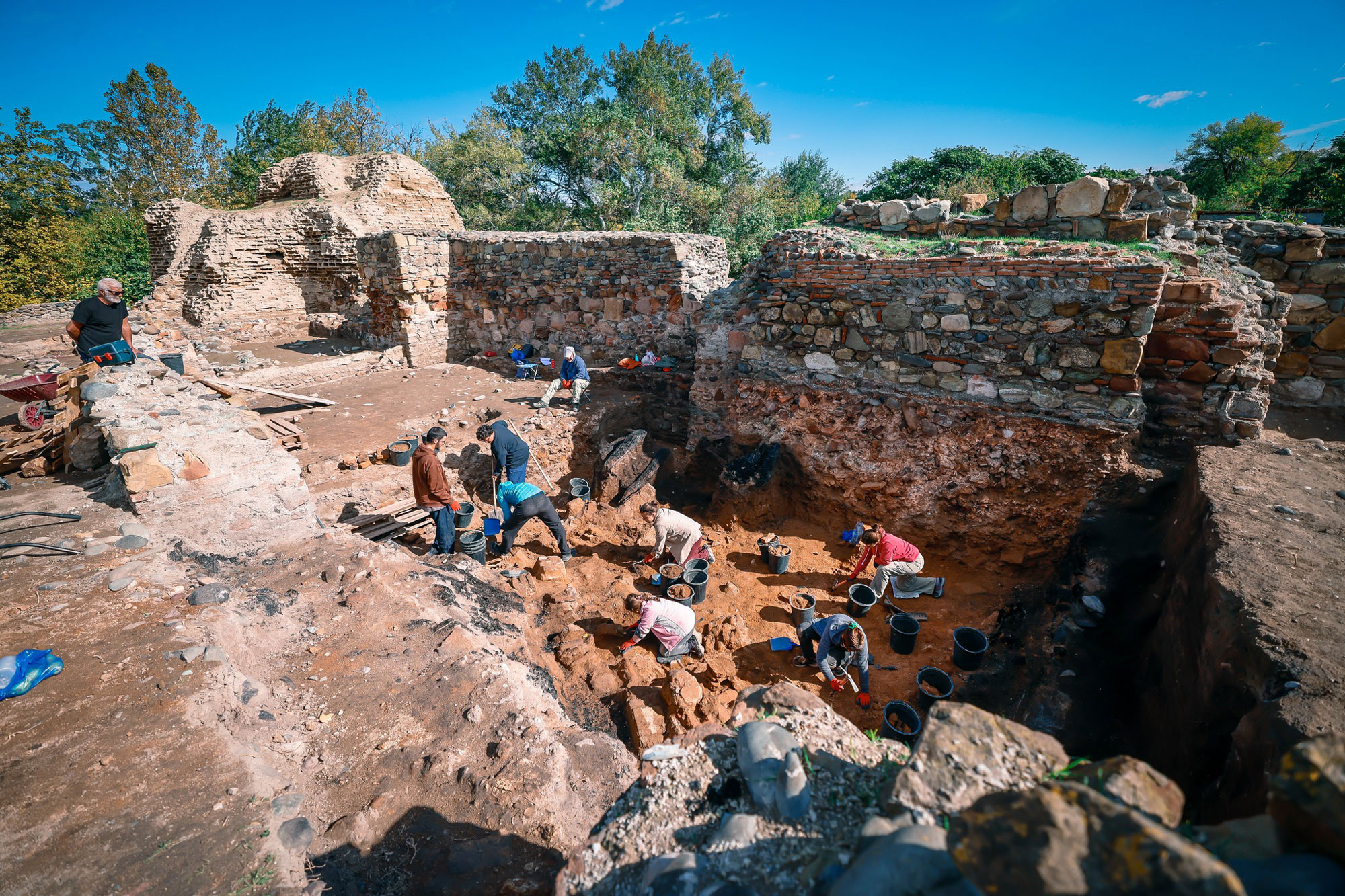 Rustavi City Hall
Rustavi City Hall
-
 INAH/Salvador Medina and Francisco Luna
INAH/Salvador Medina and Francisco Luna -
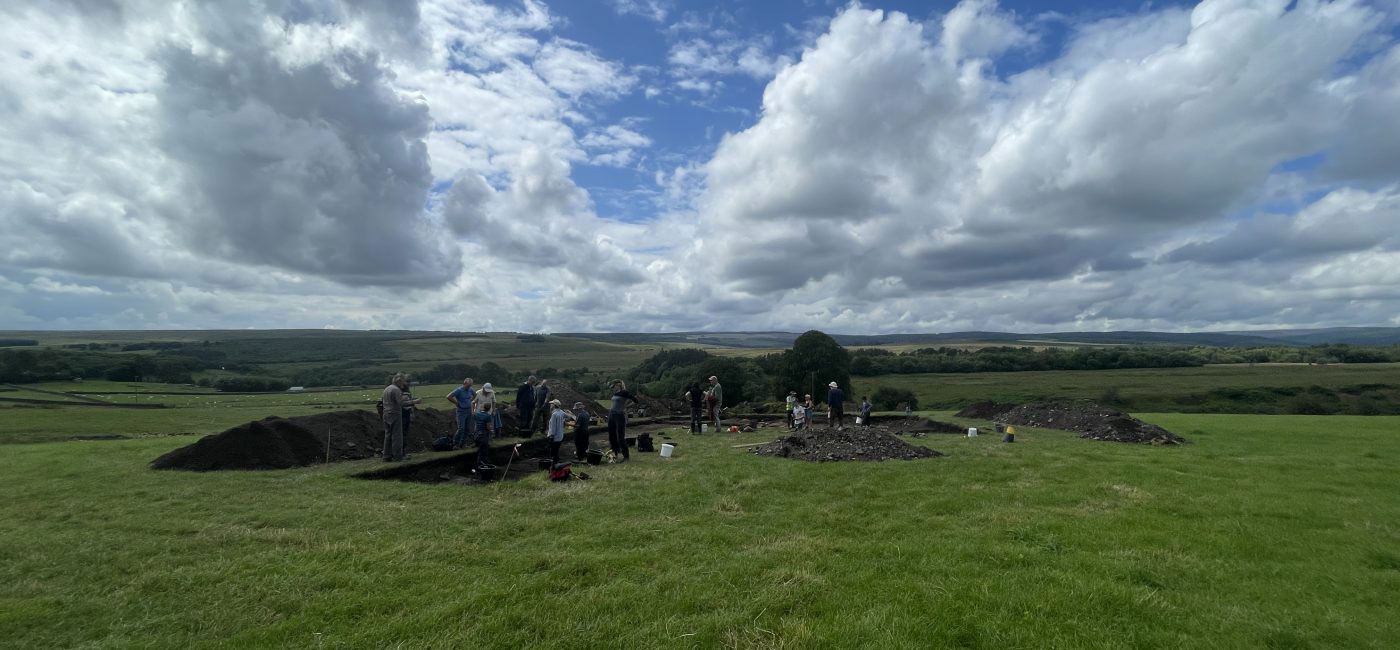 Northumberland National Park
Northumberland National Park -

-
News October 28, 2025
Molecular Analysis Identifies Pathogens in Paleofeces from Mexico
Read Article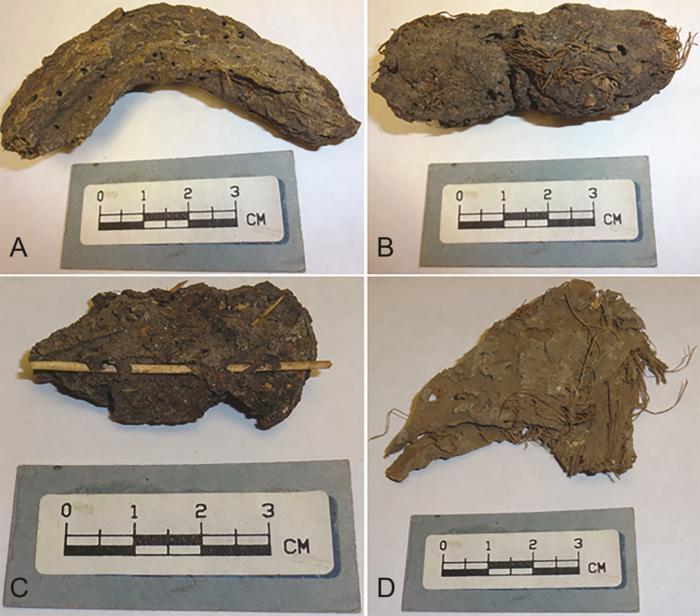 Johnica Winter
Johnica Winter -
 Bucks County Historical Society
Bucks County Historical Society -

-

-
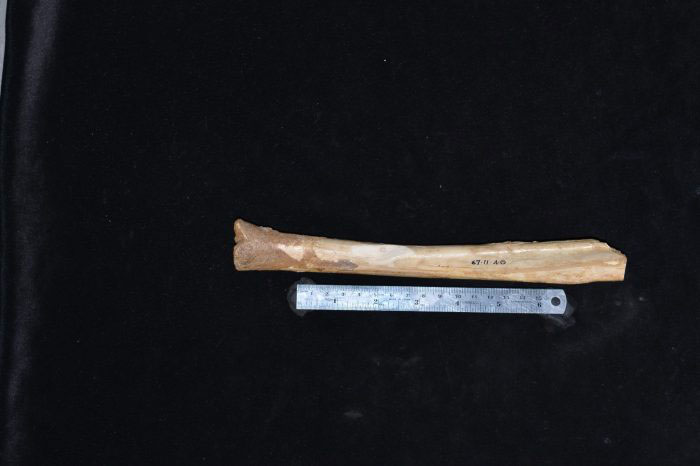 Anna Gillespie
Anna Gillespie -
 Kent/Adobe Stock
Kent/Adobe Stock -
News October 27, 2025
Researchers Explore Possible Use of an Inca Structure in Central Peru
Read Article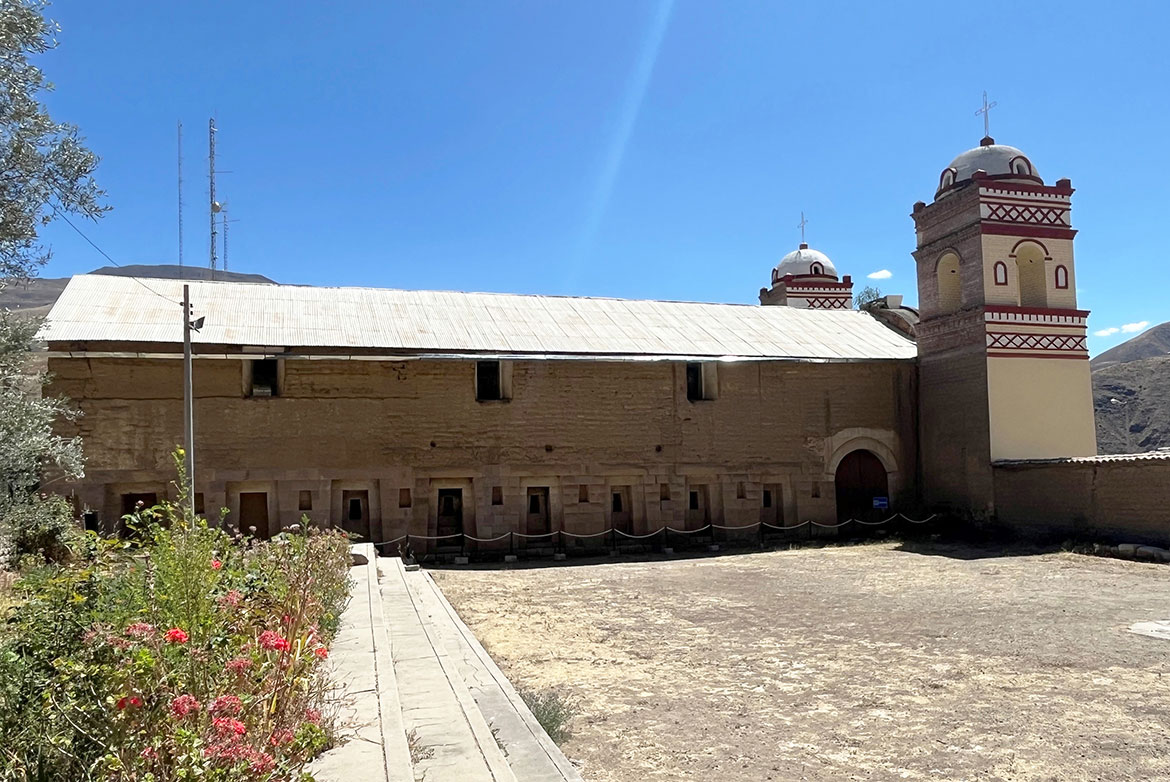 Stella Nair
Stella Nair -
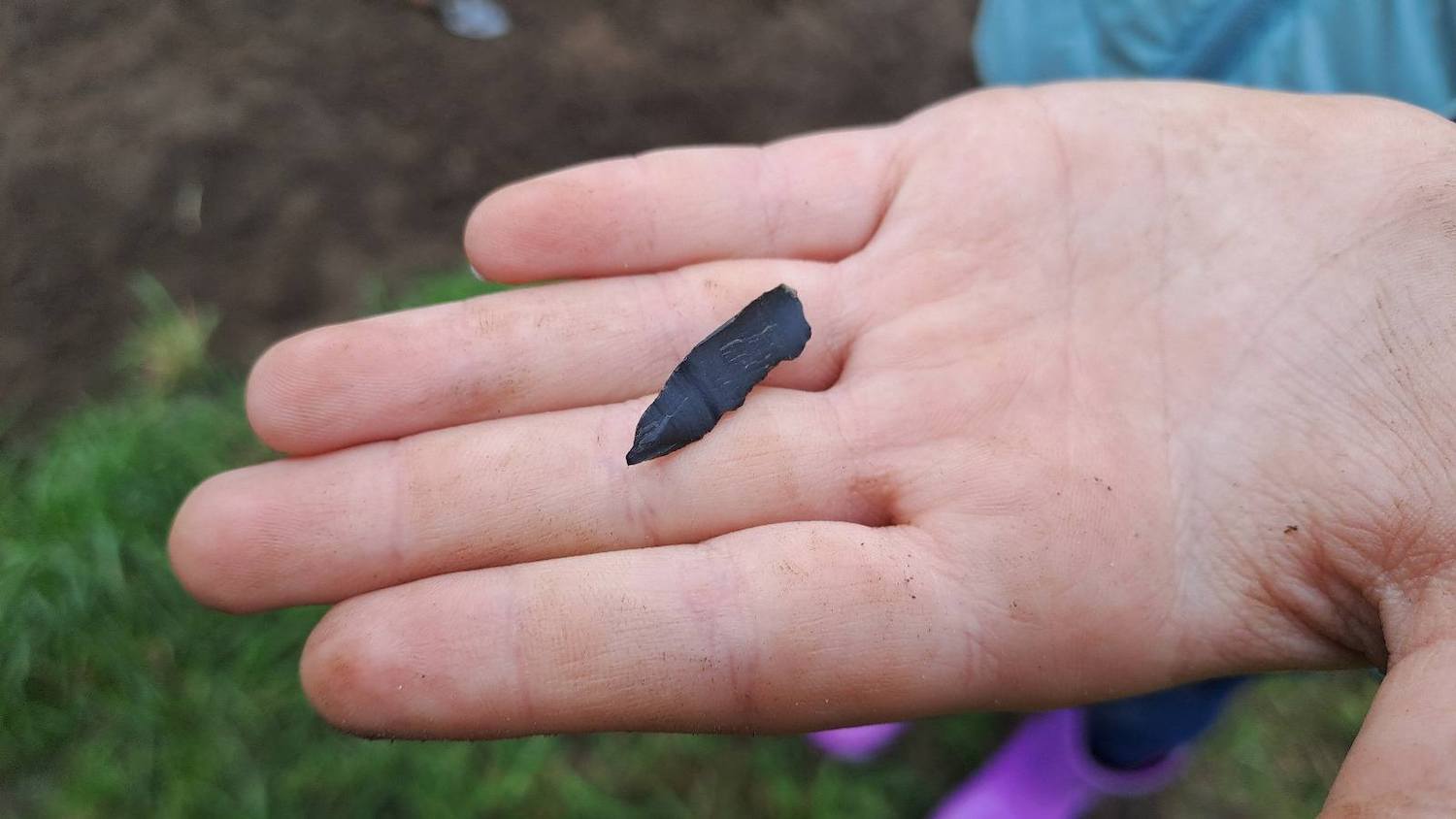 Community Archaeology Program Northern Ireland
Community Archaeology Program Northern Ireland -
News October 24, 2025
Vatican Museums Will Repatriate Objects to Canada’s First Nations
Read Article
Loading...


